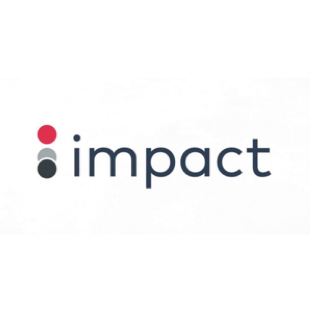Impact Releases Tactical Guide for Optimising and Driving Revenue Growth from Partnership Automation Programmes
by on 5th Aug 2020 in News


Impact, the global leader in partnership automation, today released a commissioned study conducted by Forrester Consulting. The study, Smooth the Partnership Journey by Learning from high-maturity companies, provides a set of actionable next steps for optimisation, fully tailored to the maturity level of the individual programme.
The World Trade Organisation cites that 75% of world trade flows indirectly: not through direct selling but through channels, partnerships and alliances. Impact’s commissioned study confirms that partnerships remain a significant revenue generator – 29% of direct-to-consumer (DTC) decision makers estimate a 20% or greater year-over-year revenue growth rate for 2019 from their partnership channel sales.
“Partnerships are an increasingly significant driver of enterprise growth. The question is no longer ‘if’ or ‘why’ – it’s ‘how.’ How do you put a programme into action? What insights can new partnership programmes apply from those who have been forging the path?” said Michael Head, chief partnerships officer, Impact. “Partnership professionals now have a window into the methodologies of the most successful programmes, down to the benchmark partner mix by vertical or tactical recommendations for each stage.”
The study found that there are seven phases within a partnership lifecycle. Each phase has different goals and objectives depending on the maturity of the programme. There are seven phases within a partnership lifecycle: Planning, Discovery and Recruitment, Contracting and Payouts, Tracking, Engaging, Protecting and Monitoring, and Optimisation. Within the phases, the study recommends a different approach for high- versus low-maturity programmes.
High maturity partnership programmes are defined as those that cover a wide breadth of partnership types and take a coordinated/de-siloed strategy and approach to their partnerships, standardising how they manage all types of partnerships through a unified life cycle that runs with automation technology that lets them scale their programme and accelerate its growth. Low maturity programmes are often new programmes, with a siloed approach and limited automation capabilities.
There are high-level insights that are true across all phases, for programmes of all maturities:
· Planning is challenging across the board. It is the second most challenging phase behind Discovery and Recruitment for high maturity companies and behind Optimisation for low maturity companies.
· Maturity = Growth. The maturity of an organisation makes a difference in revenue: a quarter of high maturity companies get 25% or more of their overall company revenue from partnerships, in contrast to only 14% of low maturity companies.
· Partner Mix and Scale. Programmes mature as the type of partners are diversified and the scope of the programme scales: low maturity firms have often been reliant on traditional affiliates, while average maturity firms have partnered with a wider variety of partners types.
"Since working with Impact, our affiliate programme has grown to be a fully scaled ecosystem of diverse partnership types that generate incremental revenue,” said Julianne Kiider, Tuft & Needle affiliate and influencer manager. “Automation was key to the process; once we automated the more tedious phases, we were able to reallocate that time to relationship building and expanding our strategic efforts.”
The respondent pool was made up of marketers in all direct-to-consumer (DTC) verticals, including: retail, travel and hospitality, financial services and consumer software to name a few.
To read the full study or learn about Impact, visit www.impact.com.
AutomationOmnichannelPartnership








Follow ExchangeWire